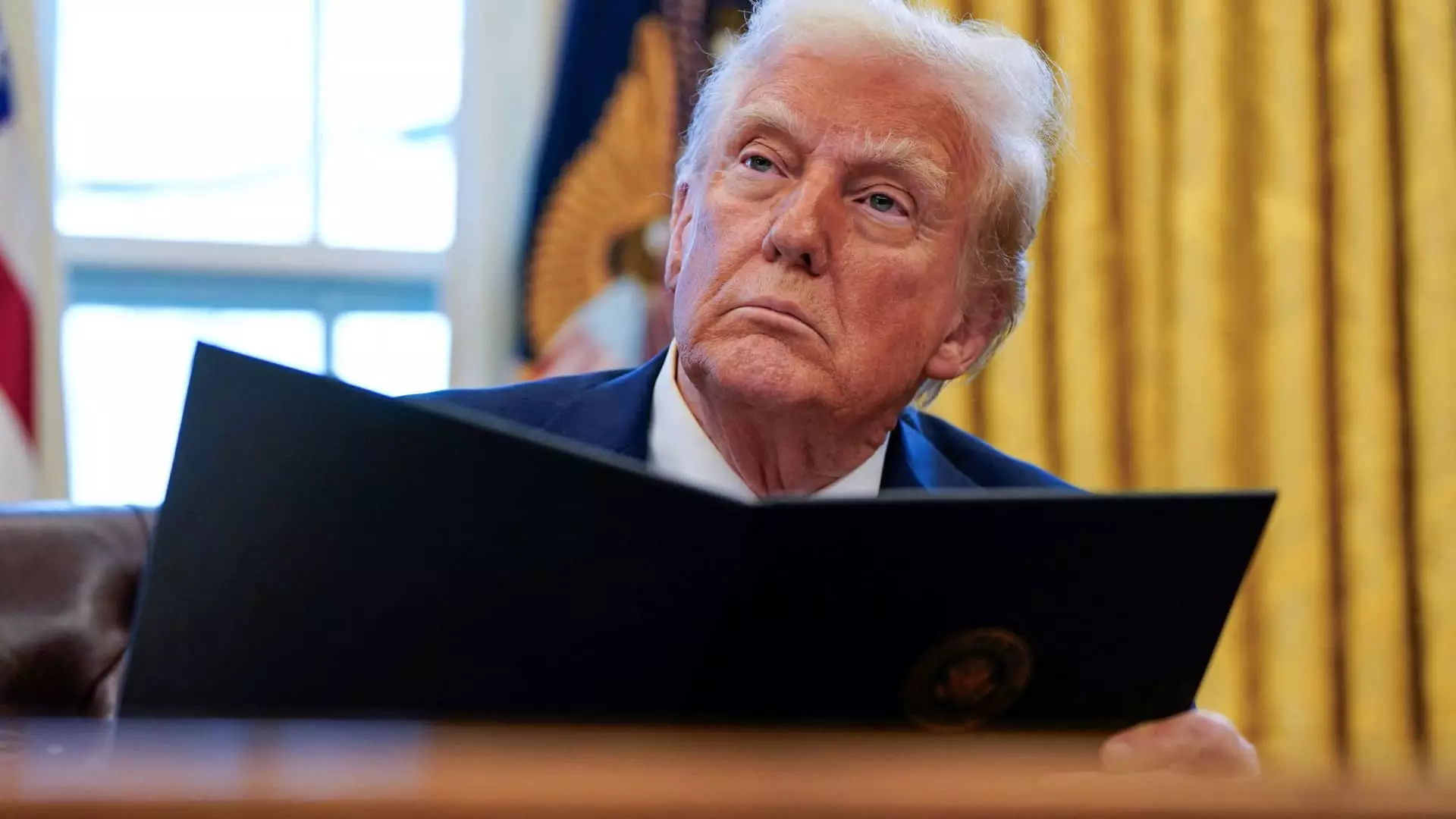In a significant shift in U.S. trade policy, President Donald Trump announced the implementation of aggressive tariffs on major trading partners, including Mexico, Canada, and China. This decision has raised considerable concerns across various sectors, igniting debates over its broader economic implications. The White House confirmed that tariffs of 25% on Mexico and Canada, and 10% on China, will take effect as part of a strategy to respond to the influx of illegal fentanyl into the United States.
The justification for these tariffs, as articulated by White House Press Secretary Karoline Leavitt, centers around the supply of fentanyl, a potent opioid that has precipitated an escalating drug crisis in the U.S. The administration claims that Mexico and China are complicit in allowing this deadly substance to flood American markets. This move appears as a dual mechanism—a means to exert pressure on foreign governments while also fulfilling a campaign promise by Trump to tackle drug-related issues aggressively.
While the intention behind these tariffs might be framed as a protective measure for American citizens, critics argue that the approach lacks comprehensive planning. There’s a noticeable absence of clarity regarding the specifics of tariff implementation and any potential exemptions, potentially leaving a vast number of businesses and consumers facing unexpected costs. These additional expenses could ripple throughout the economy, affecting consumer prices and company profitability.
The announcement of these tariffs triggered immediate concerns within the financial markets. Following the news, the Dow Jones Industrial Average plummeted by over 300 points, reflecting investor apprehensions about the economic repercussions of such a policy. The S&P 500 and Nasdaq Composite also faced declines, undermining earlier gains made during the trading session. Such volatility underscores the fragile nature of investor confidence in the wake of trade policy adjustments.
Economists have pointed to the potential for these tariffs to reignite inflation, which had recently shown signs of easing. The Commerce Department’s recently reported inflation reading of 2.6% for December suggests a threshold where price pressures could become problematic again. Concerns are mounting that if tariffs escalate into a broader trade war, they could lead to increased costs for consumers, ultimately stifling economic growth at a time when momentum seemed to be building.
The uncertainty surrounding the tariffs extends to the likelihood of retaliation from affected countries. Trade advisor Peter Navarro described the fentanyl crisis with alarming metaphors, relating the number of annual deaths to the capacity of the Superdome in New Orleans—a captivating yet stark portrayal that situates the urgency of the issue. However, statements of this nature may provoke defensive reactions from Mexico and China, potentially igniting a cycle of retaliatory tariffs that would further strain trade relations.
Fed officials are acutely aware of these dynamics and are closely monitoring the situation. Chicago Fed President Austan Goolsbee emphasized the importance of discerning whether these tariffs are isolated incidents or indicative of a more prolonged strategy. The forthcoming economic adjustments will depend heavily on the administration’s ability to define a coherent trade policy while balancing domestic economic needs against the realities of a global market.
In light of these developments, businesses, consumers, and policymakers must remain vigilant. The complexity of international trade relationships demands a nuanced understanding of how these tariffs will reshape economic landscapes. As businesses brace for impact, the collective hope is for a return to stability—one where the stakes of trade do not overshadow the greater objective of public health and safety.
Going forward, the key will be assessing the real-world impacts of these tariffs on everyday Americans and the economy as a whole. Will this aggressive stance yield the intended results in curtailing the drug epidemic? Or will it backfire, leading to unintended economic consequences? The next few months will be critical in shaping the narrative around U.S. trade policy and its repercussions on both local industries and global partnerships.

